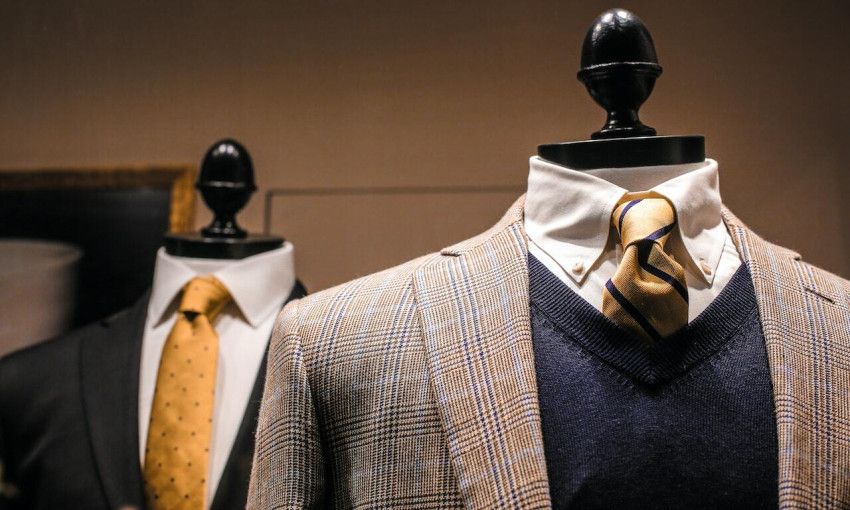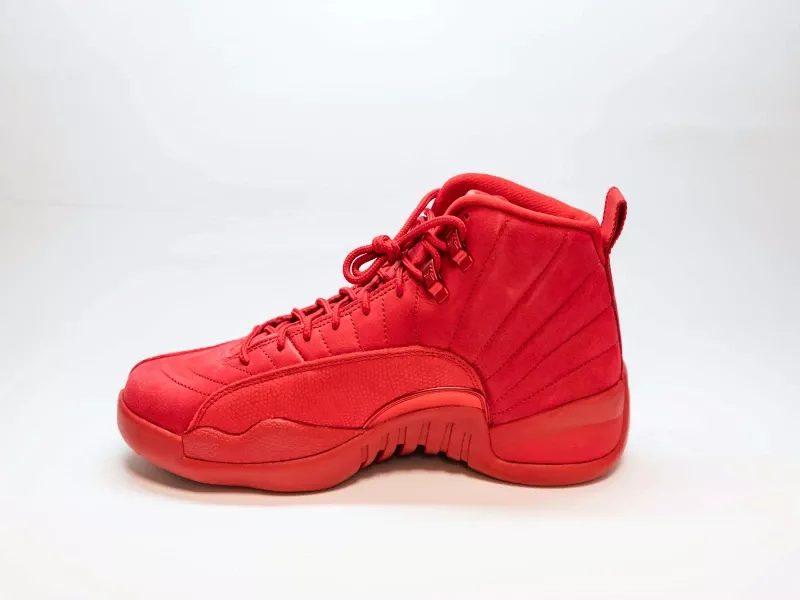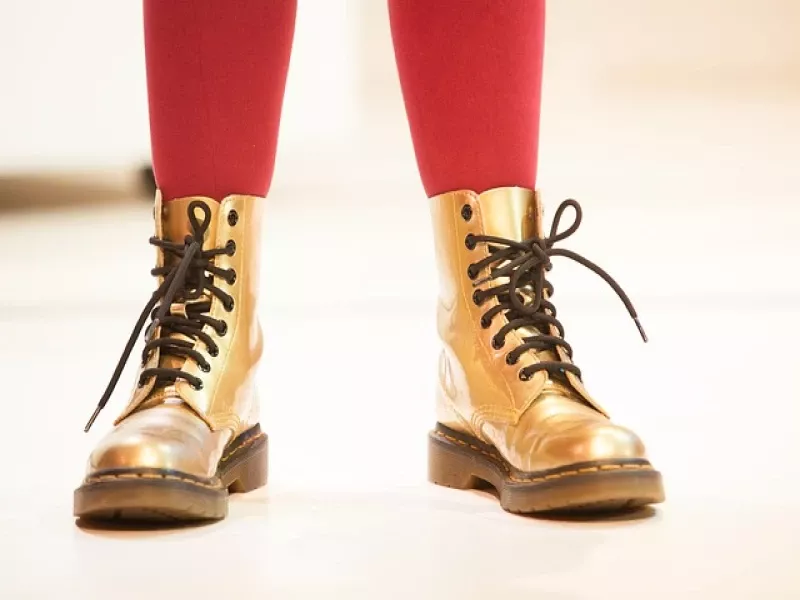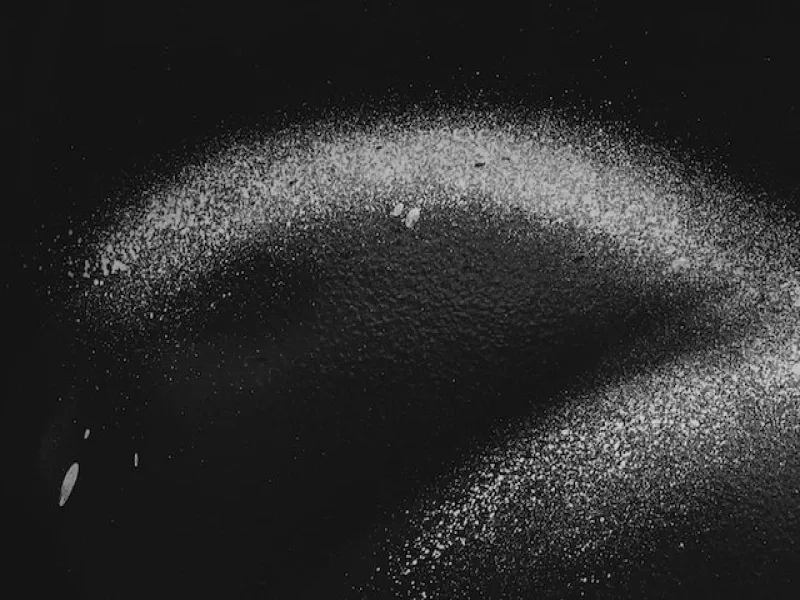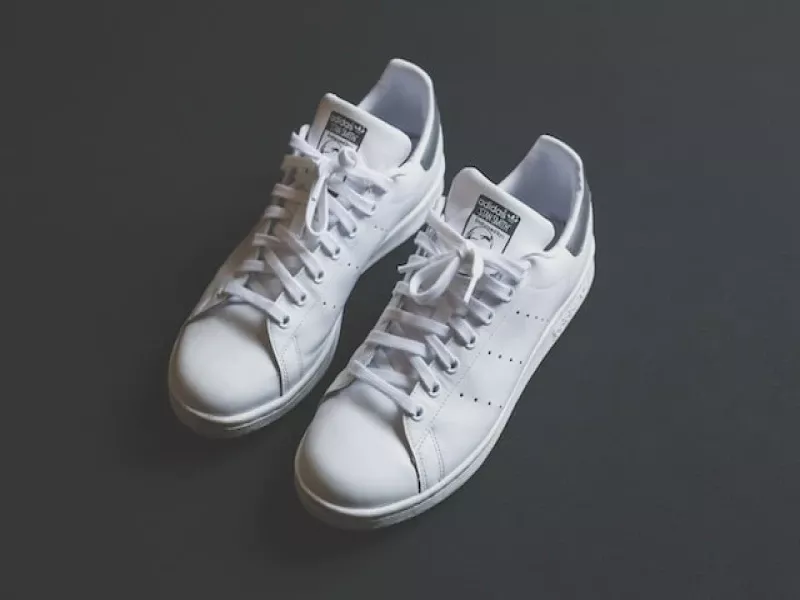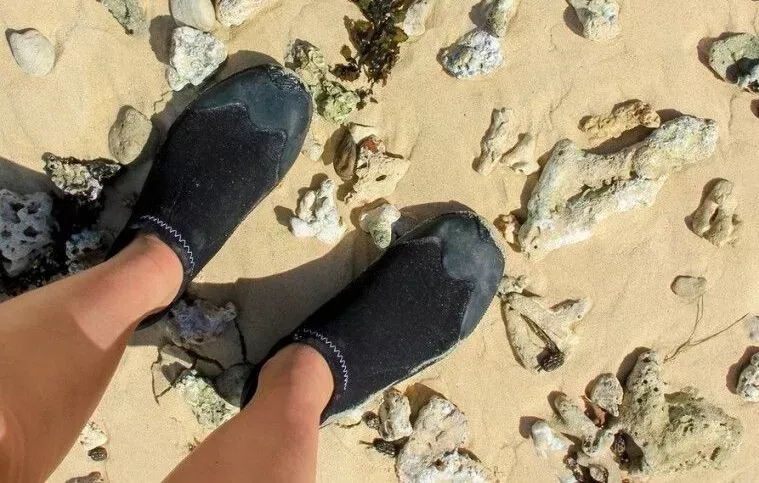
Buying water shoes: what to pay attention to?
When it’s hot outside you probably can’t wait to go for a swim at the beach and do some fun activities in the water. However, it’s a good idea to purchase a pair of water shoes to avoid having to walk barefoot over gravel and rocks or to provide traction while doing sporty activities. But how do you find the right pair? We will share our tips, so make sure to keep on reading.
When you’re in the market for water shoes it is especially important to consider what you want to use them for. Are you simply looking for protection against sharp rocks and shells, or are you into water sports? Then, as with other sports shoes, it is important to consider a number of technical features. A nice pair of water shoes will make sure you can, for example, safely enjoy diving, snorkeling and even surfing.
Three tips for the best water shoes
Water shoes are an essential for any water-based activity, whether you’re hitting the beach, going for a swim, or kayaking downstream. They protect your feet from sharp shells and rocks, hot sand, and cold water temperatures. But with so many different types and styles of water shoes on the market, how do you know which ones are right for you? If you have no prior experience in shopping for water shoes, we have got you covered. When you’re checking out water shoes, make sure to pay attention to the following features:
- The fit
- The closing system
- What activities?
The fit
When it comes to choosing water shoes, comfort is key. You want a shoe that will keep your feet secure without being too tight or constricting. Look for a shoe with adjustable straps or laces that you can loosen or tighten as needed. And make sure there’s plenty of wiggle room in the toe area—you don’t want your toes crammed into a small space all day long.
Another important consideration is traction. If you’ll be doing any swimming or wading in rocky areas, you need a shoe with good traction to prevent slips and falls. Water shoes with textured soles provide excellent traction on both wet and dry surfaces. Finally, think about what type of activities you’ll be doing in your water shoes. If you plan on spending most of your time in the pool, look for shoes with drainage holes to help release excess water quickly. For beach days, choose a lightweight style that won’t weigh you down when wet. And if you like to hike or walk in nature areas near bodies of water, opt for closed-toe shoes that offer more protection against debris and rough terrain
The closing system
When it comes to choosing the right pair of water shoes, one important factor to consider is the type of closure system. There are several different types of closures available on water shoes, each with its own advantages and disadvantages. In this article, we'll take a look at some of the most popular types of closures used on water shoes and give you some tips on how to choose the right pair for your needs.
One type of closure system that is often used on water shoes is Velcro. Velcro offers a secure fit and is easy to use, making it a good choice for those who are new to water sports. However, Velcro can be difficult to adjust if you have wet hands, and it can also be damaged by sand or other debris. Another popular type of closure system for water shoes is laces. Laces provide a more customized fit than Velcro and can be tightened or loosened as needed. They can also be easily replaced if they become damaged. However, laces can be difficult to tie if your hands are wet, and they may come undone during intense activity.
Buckle closures are also common on water shoes. Buckles offer a secure fit and can be easily adjusted even when your hands are wet. However, buckles may become uncomfortable after extended wear, especially if they rub against your skin. Finally, slip-on water shoes are also an option. These offer convenience since there's no need to fiddle with laces or buckles. However, slip-ons can be difficult to keep on your feet during intense activity and they don't always provide a snug fit.
What activities?
Water shoes are designed to protect your feet from hot sand, sharp rocks, and other potential hazards while you enjoy activities like swimming, kayaking, or stand-up paddleboarding. They also provide traction on slippery surfaces and help you avoid blisters and other foot problems. Most water shoes are made from quick-drying synthetic materials like neoprene or mesh that allow water to pass through without weighing them down. Depending on the kind of activity, choose a pair of water shoes that suits your needs. Are you just looking for protection against hot sand and sharp rocks? Then a pair of slip-ons are perfect. If you’re planning to go for more intense activities, go for water shoes with laces or a buckle closure system to prevent your water shoes from slipping off your feet in the heat of action.
Read more
Curious about more fashion tips? Check out our other blogs!
- The history of sneakers
- How to care for your jeans
- Ankle boots for women for every day
- How to polish your shoes the right way
- How to combine flat shoes with a dress of skirt
- How to pair boots with a dress
- 10 helpful tips against sweating
Get inspired, compare and purchase clothes and shoes safely and easily online at Dressed.com.
Buying cycling shoes: what to pay attention to?
What underwear is available for men?

